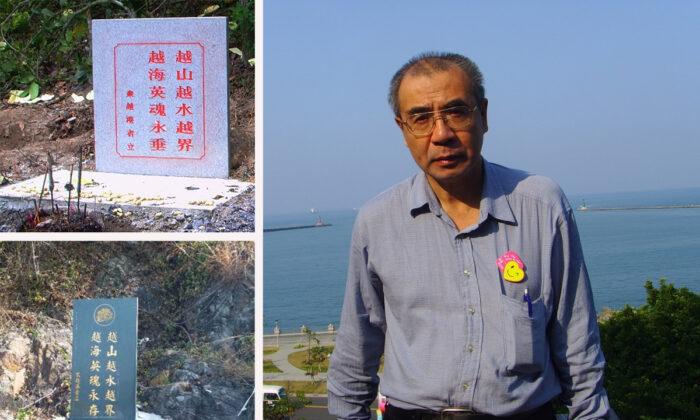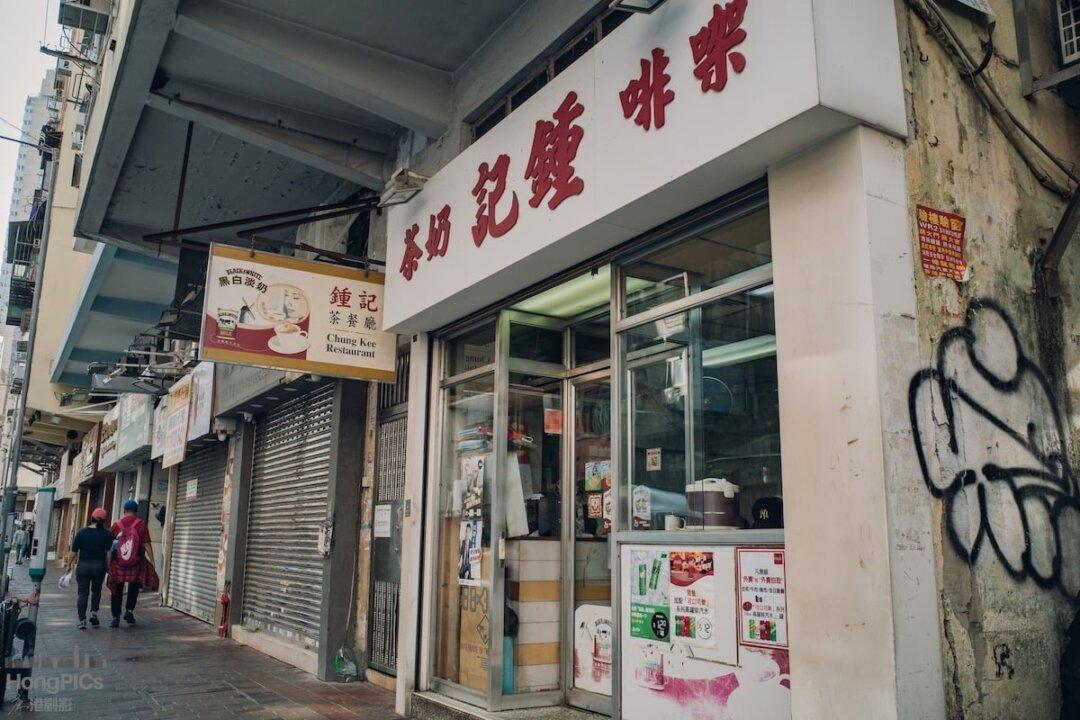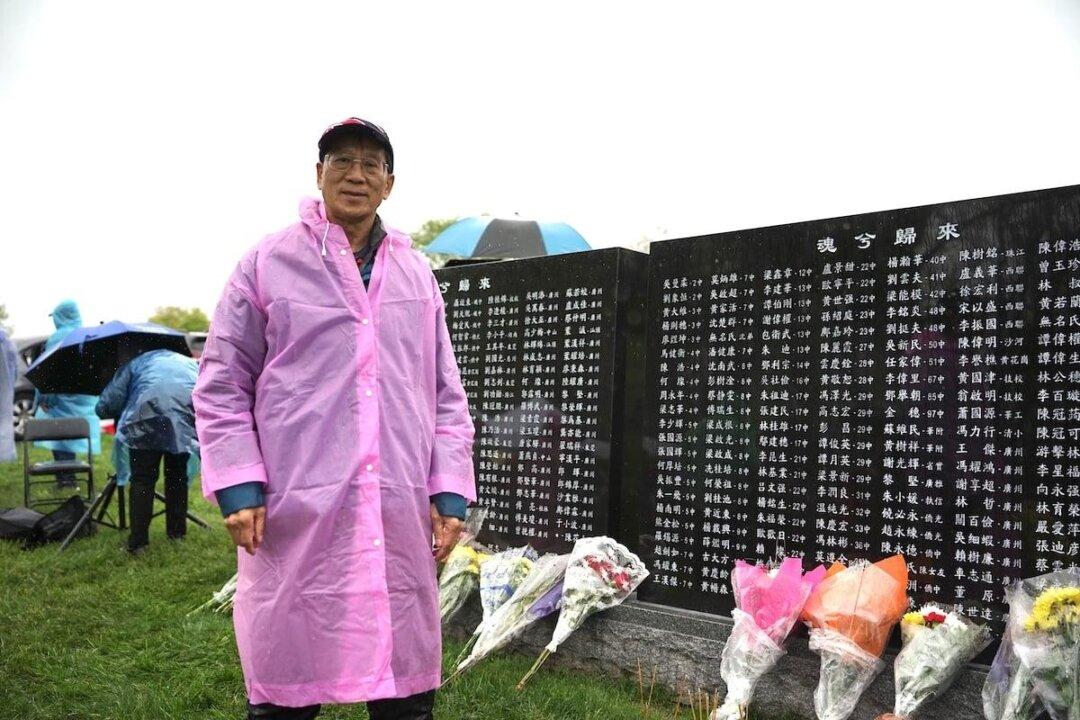Wong Tung Hon is a 75-year-old survivor who escaped China during the cultural revolution. He was one of the students who got sent down to the countryside.
Wong gave an audience to the sounds of the bristly waves rippling at the reefs; on the opposite shore were the gravitating buildings of Shenzhen. He was deep in his thoughts. The flashback of Wong fleeing and lifting anchor on a dark cold night is vividly evoked after 50 long years.
Under the Hong Kong National Security Law, many Hongkongers have been forced to leave their homes, the only homes they ever knew, to seek freedom overseas. Interestingly, fifty years ago, there was also a group of Chinese who fled to Hong Kong to escape the communist disaster. Most of them were middle school students who were sent down to the countryside during the Cultural Revolution, known as “sent-down youth,”or “educated youth,” or “rusticated youth.”
Many died trekking on the long journey from hunger, falling off cliffs, drowning, being eaten by sharks, and being killed by armed soldiers.
The hair of fortunate survivors escaping to Hong Kong has turned grey; the silvered fighters toss worship paper, with tears across their wrinkly faces, calling on their comrades who climbed through the hills and traversed rivers together.
Wong, the former sent-down youngster, could only do one thing to save the history, which was to document every true story with pen and paper, leaving 30,000 words in a book called Anchor.
Wong also worked with other survivors to build monuments and commemorate the loss of their friends.
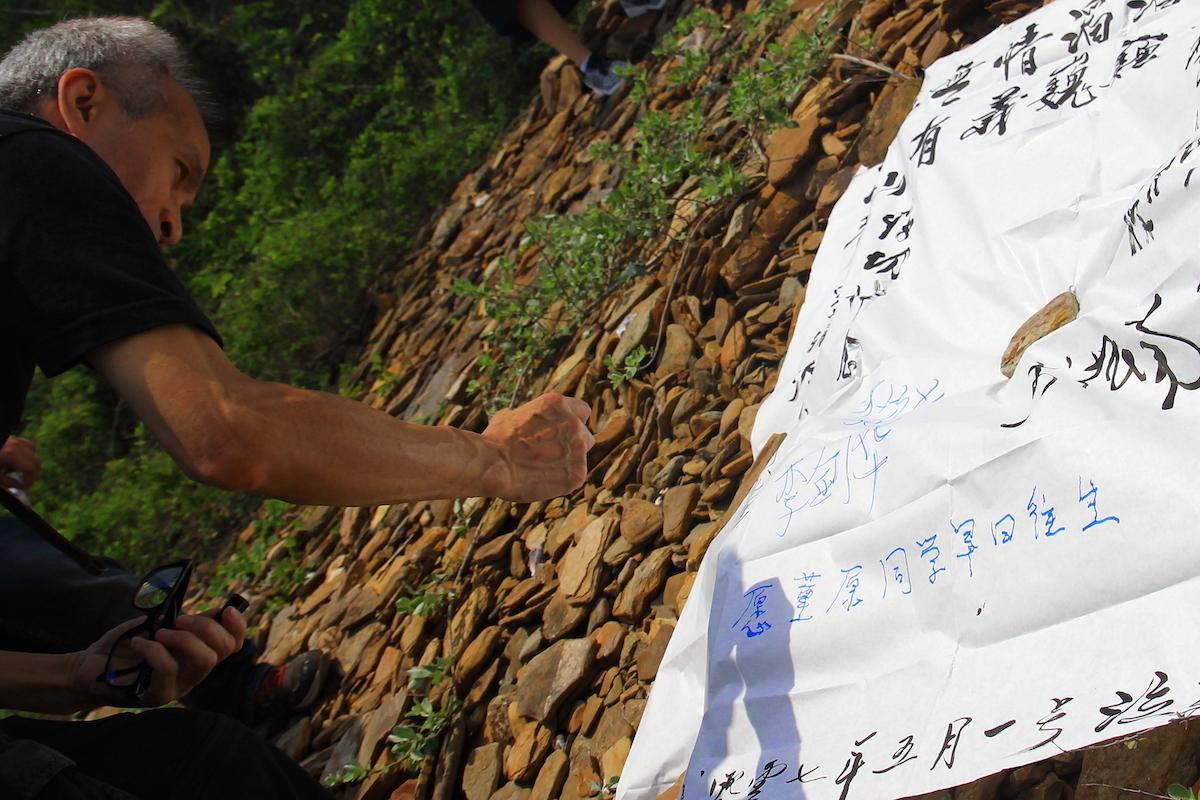
Wong never imagined that he would no longer have the freedom one day to erect a monument for the victims and commemorate the souls of the dead. Wong also didn’t expect to be at risk of being silenced at such old age. Again.
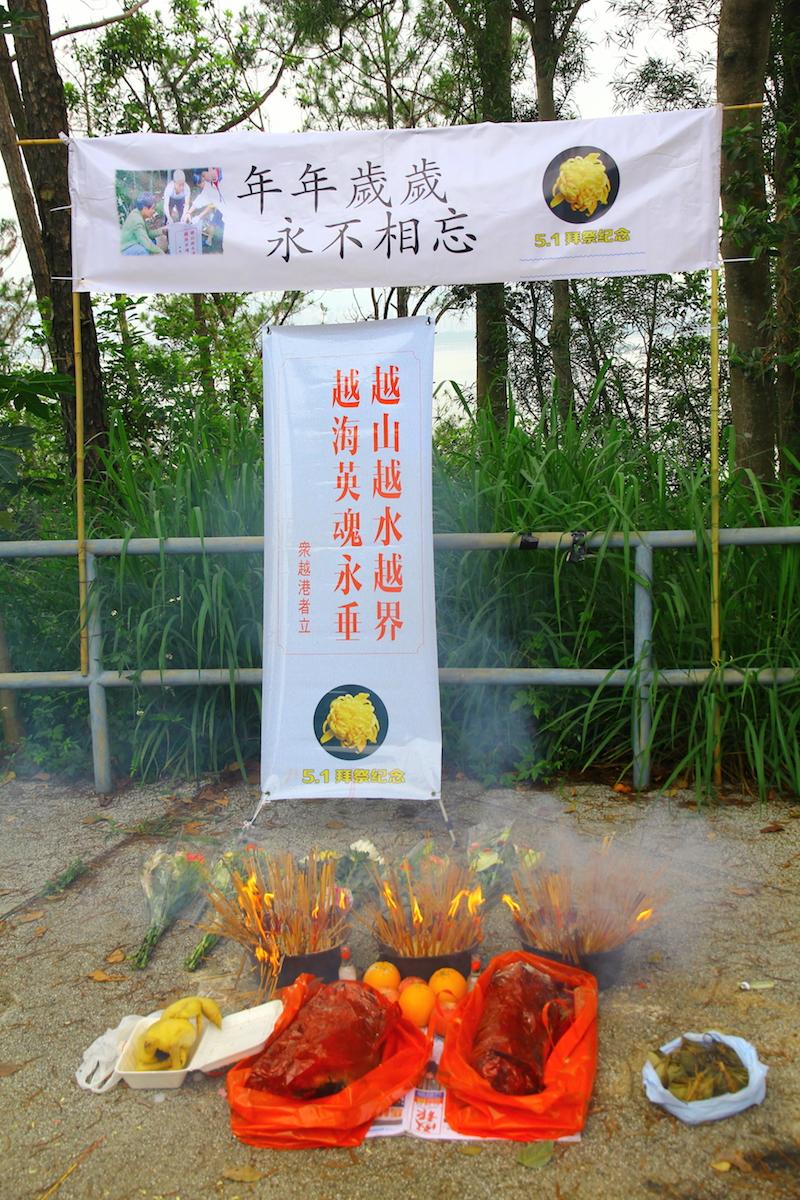
A preparatory group for the monuments of the sent-down victims escaping to Hong Kong was established in the United States in July 2021. The group has been intensely going around collecting a full list of the names of victims in the tragedy.
A year later, a monument of Sent-Down Victims from The Great Escape to Hong Kong was erected. The inscription of the victims’ stories and experiences will continue to spread and share through the wind across the seas.
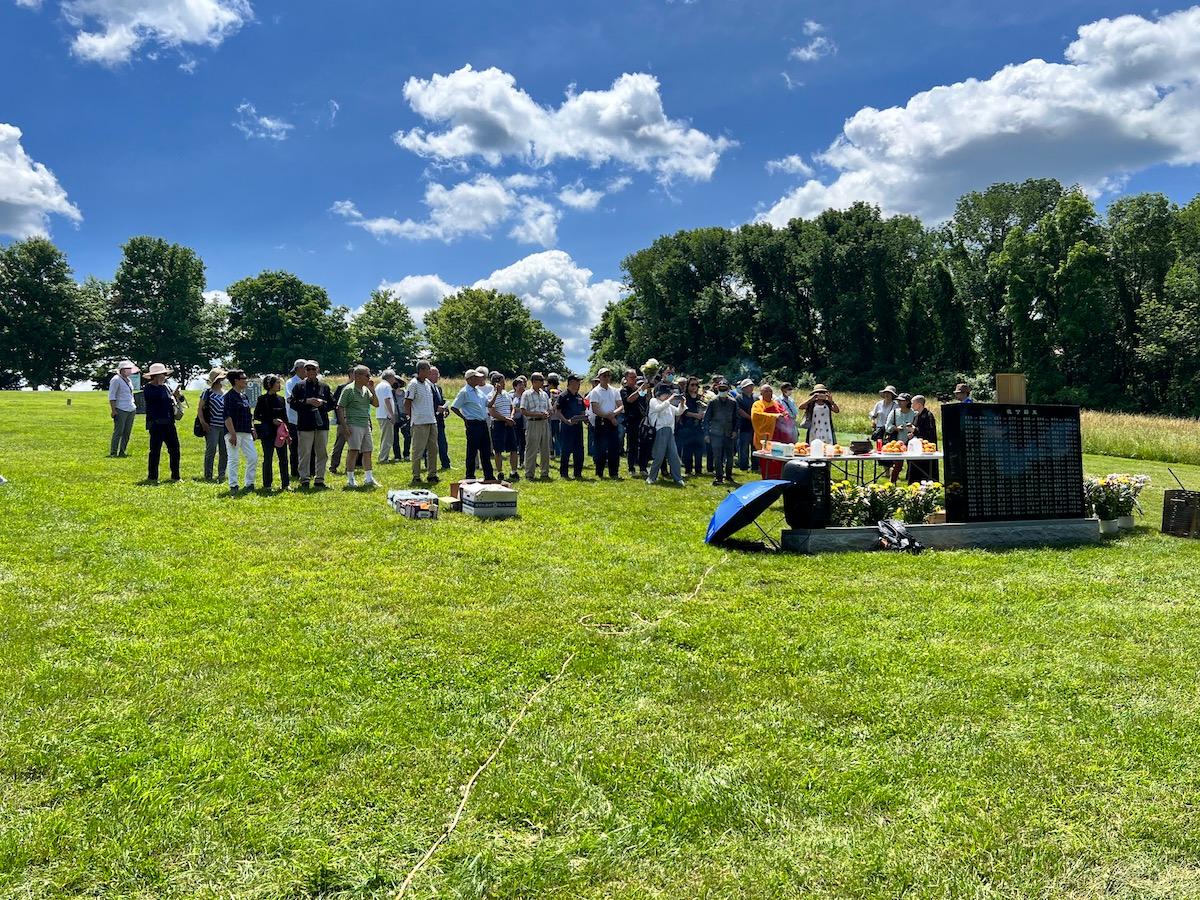
The Cultural Revolution Crushed the Dreams of University Education
In 1968, Wong Tung Hon was a flourishing senior three graduate. He was studying at Guangzhou Fourteen Middle School, intending to go to university. Unfortunately, Wong met with an absurd era.As soon as his final exam was over, the beginning of the Cultural Revolution swept over the entire country. Mao Zedong called on the educated youth to go to the countryside and receive re-education from the poor lower-class farmers.
It was the same year that Wong was assigned to the People’s Nantou Commune at Bao’an to help with the oysters farm unit, which was adjacent to the border of the New Territories, Hong Kong.
This particular border was also the very same border that many would cross if they were to flee to Hong Kong. From the time Wong learned about the Sent-Down Movement, his mind was set: he had to escape from the mainland and flee to Hong Kong.
Escape
Wong Tong-hon seized every chance to practice steering the wooden boat. Six months later, an opportunity to flee finally arrived.Wong still recalled that on a night in January 1970, he was guarding the oyster boat alone. He and three other young people had already agreed to run away that day to Hong Kong. It was a windy and wavy night, Wong was not the only one planning to escape the farm. The local militiamen were watching closely, going for a huge manhunt inside the villages.
On the sea, patrol boats were looking around diligently with their searchlights blazing. When a patrol boat got close to Wong’s boat, he could hear the captain’s voice. That made his heart drop. “I was prepared to be arrested. I threw the only five Hong Kong dollars my mother gave me into the ocean. I was worried about being accused of conspiring during a potential search.” Wong recalled the tension of the moment. To his relief, his boat was never discovered by the patrols despite how close they were to each other.
On the way, he and three other people were terrified. “Everyone knows that there were two forts on the east and west, sitting in Chiwan, which is where we must pass through. Next to it was the camp of the People’s Liberation Army. Opposite Ling Ding Island, there was a customs office. Plenty of run-away wooden boats got intercepted there at night, not to mention ours was a motor boat.”
Shekou
They abandoned their motor boat and rowed with every ounce of their energy to the shores of Hong Kong in a tiny boat.As their feet grounded on a beach in Hong Kong, Wong described the moment as being a dream. He thought to himself, “I am safe! I am free!”
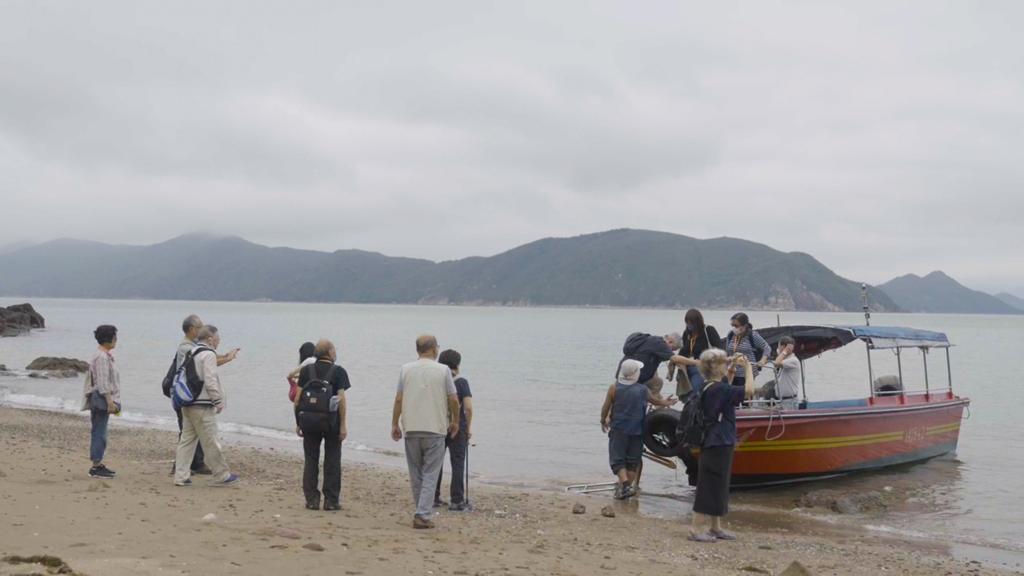
Since retirement, he has been writing for ten years to make sure the history of the great escape will be remembered.
Wong thought he was a lucky one. As soon as he arrived in Hong Kong, his relatives went to pick him up. Three days after his arrival, he started a new job at a print production company, of which his relatives held shares.
Over the years, Wong Tung-hon still cannot forget his classmates who were sent down to the countryside with him.
“We should not forget the history of this era. We should write things down, not forget the history of this generation, we should document these happenings. If the history is told by us oldies, it will be more accurate. However, it won’t be as real if we rely on the young ones to collect the stories little by little. So I should do it myself.?
Since 2009, Wong has been organizing and collecting the history of the sent-down youth, told by the survivors. He collects stories from the old days and continues to write stories for Anchor. Every story told by a survivor has bloodshed and tears.
Wong has been writing for ten years and has documented over 20 real-life events in about 300,000 words, but time seems to have passed like a blink of an eye,
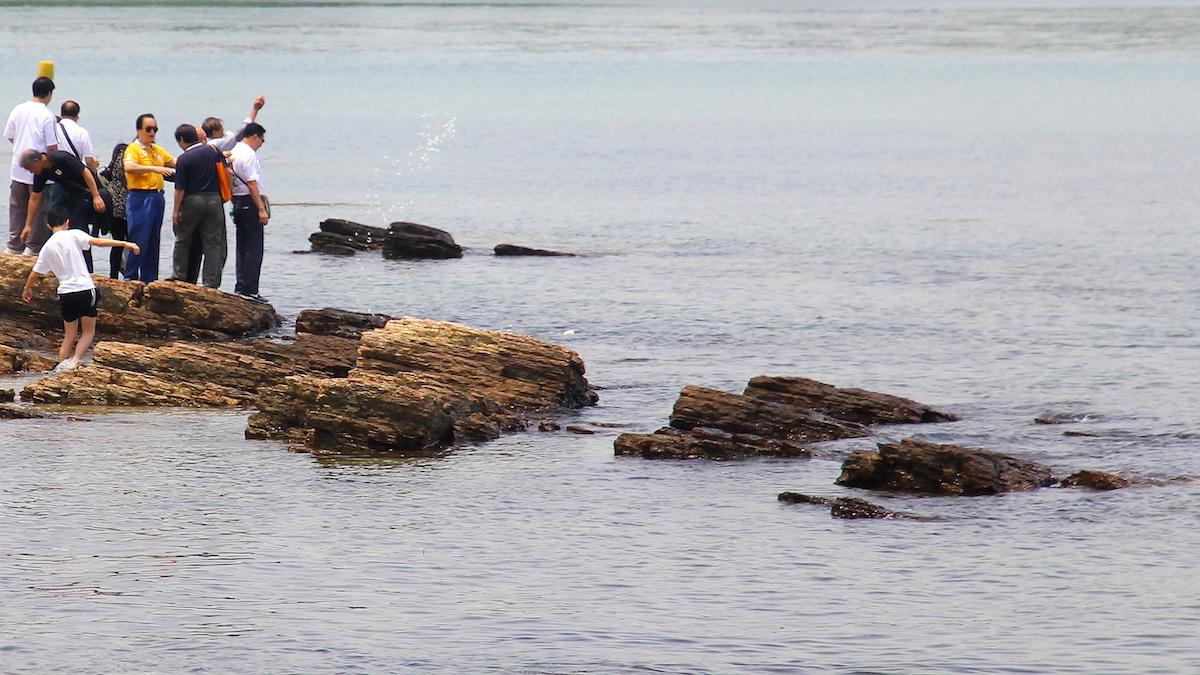
Building Monuments to Commemorate the Victims
After Wong Tung-hon retired in 2012, he had more time to spare for writing and organizing the history of the runaways to Hong Kong. He remembered the escapees of that time fled to Hong Kong via three main routes. The first one was through Wutong Mountain. It would take you directly to the New Territories through a road but you had to climb through the barbed wire.The second route was to go through Deep Bay. Although the tides were low, the guards were heavy. The final one was to go from Dai Pan Bay to the shore of Tung Ping Chau. This route was full of high tides and violent wind; sharks often appear here. It was the most difficult path to take, and many people died there.
The souls that were lost in the process of fleeing and finding freedom, have been weighing on his shoulders for a long while.
That motivated him to begin building the monument for victims who once were trying to run to freedom in Hong Kong.
Not Losing Faith
At the time, Wong had already written about ten articles about his escape to Hong Kong. He shared one story with a friend of his, who is in the yacht business. The stories Wong shared touched his friend deeply and he immediately agreed to help with linkups.On May 1, 2014, after everyone’s wholehearted effort, the few silver-haired friends finally fulfilled their dream. The first monument had been erected for the fleeing victims on an outlying island near Tai Pang Bay.
The monument itself might look shabby, but it didn’t lack meaning.
On an 80 x 60 cm stone steel carved: “Over the Mountain. Across the Sea. Beyond the Border. Lay the Ones Lost Here. The people crossed and stood in Hong Kong.”
This was the first time that 59 people gathered for the memorial ceremony for the smuggling victims. Ever since then, it was agreed that every May 1, this is where they would gather.
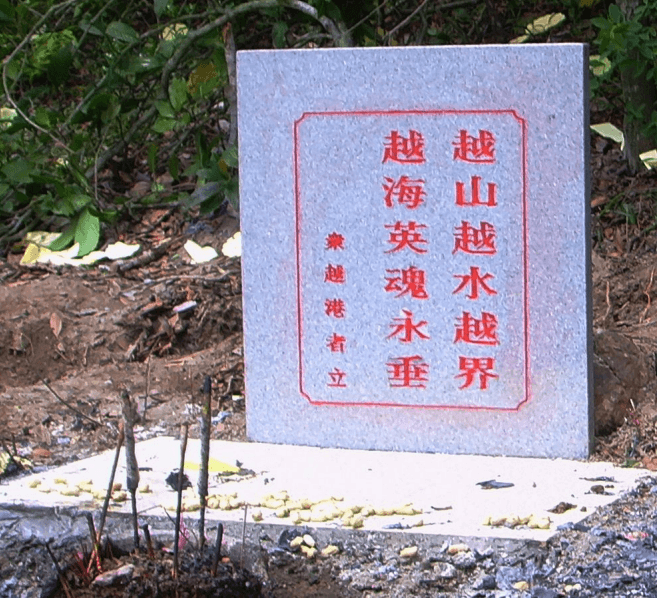
The Victim’s Memorial was Disrupted, Anonymous Build New Monuments
In the following two years, more people went to participate in the ceremony after they learned about the event. Many of the survivors would take their families along to pay their respect too.The crowd drew media attention, as well as scholars and screenwriters to visit. Other than the past sent-down survivors, friends from Guangzhou and Sichuan, and even some of the American young intellectuals would make a trip to Hong Kong purposefully to visit the monument.
The largest ceremony was attended by 300 people.
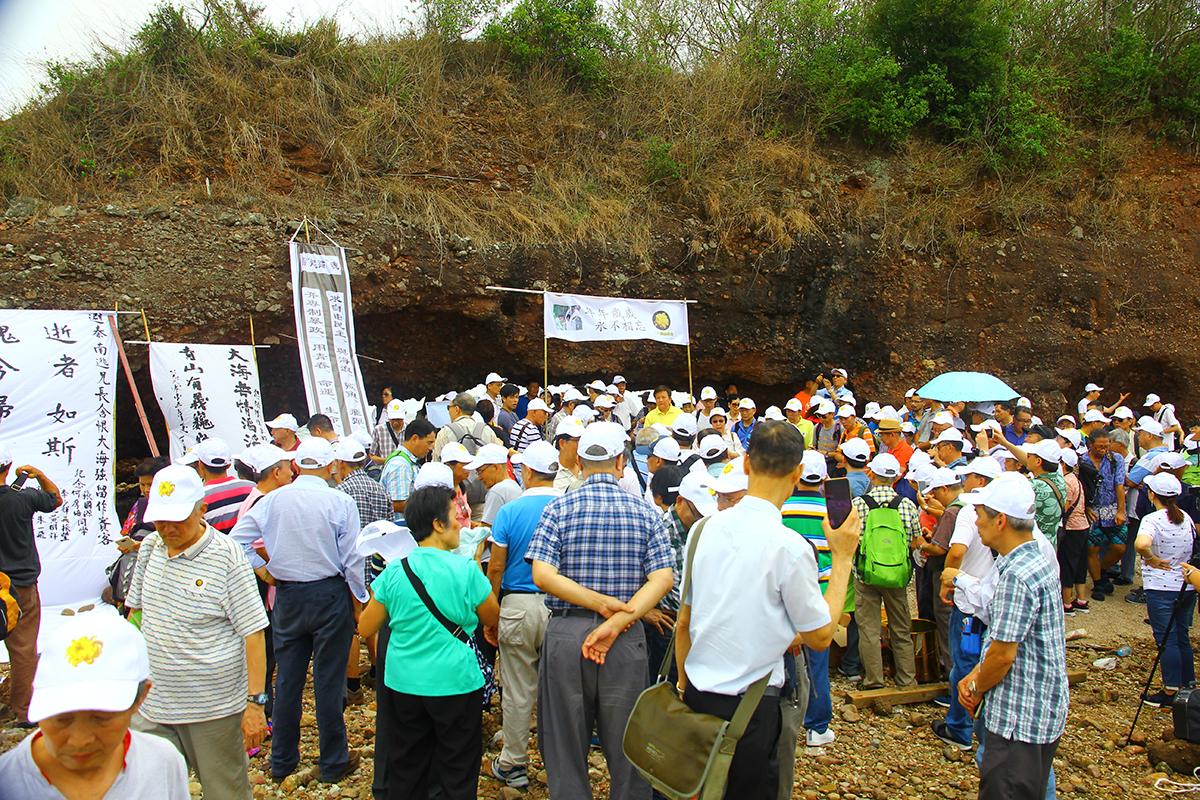
In the third year of the island memorial, the local villagers were under pressure to stop entertaining large-scale worship ceremonies. The villagers even asked for the plaque to be removed.
Wong Tung-hon was determined, “Once it is built, it will never come down!” However, to continue the ceremony visits, Wong and his associates began to wander around with a fabric banner they made themselves, with printed photos of the original monument they took themselves. They carried the fabric-made monument to different outlying islands in the New Territories to hold the commemoration.
Wong was grateful for everyone’s persistence and thought his hard work had not been wasted. Instead, it brought more people together to learn about history.
In June 2020, Wong received a photo. It was a photo of a similar plaque to the one he had built on a deserted island. On the top of the plaque, a golden sunflower was engraved. Everyone wanted to go for a visit. Interestingly, It was signed “anonymous people.”
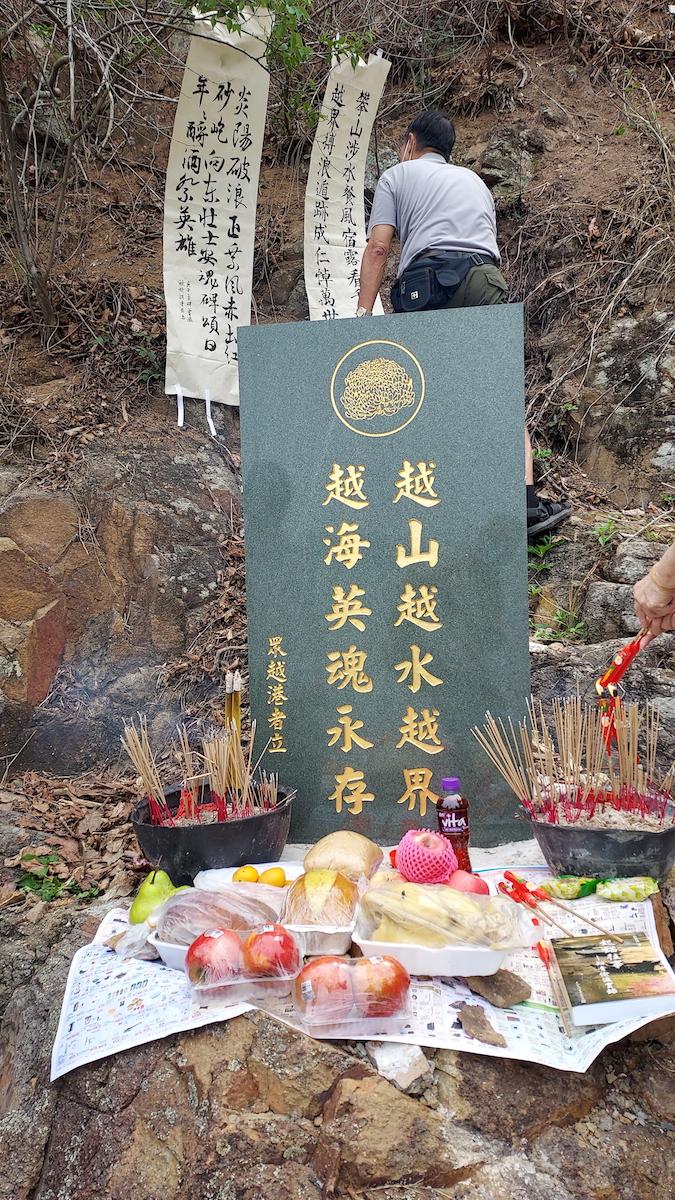
As the pandemic came in waves and with the gathering restriction order in place, it became difficult for people to visit the monument in groups until October 2020.
As soon as the mandate relaxed, the memorial preparatory committee Wong Tung-hon took immediate action and brought friends together for a memorial visit in three days. Soon 61 people signed up.
As the stone plaque faces Tai Pang Bay, looking across the sea of Shenzhen, it reminded Wong that it was the place where many escapees would disembark.
Wong recalled, “A medium once told me during a memorial, that the spirits of the victims are very thankful. The medium suggested bringing along some fresh water next time for replenishment and washing off the seawater from their bodies.”
And so the next time he and his friends visited they took fresh water, and poured it onto the plaque and along the beach, to comfort the spirits of the victims.
As the political situation deteriorates in Hong Kong, memorials events have also become low-key. The memorial preparatory committee would no longer announce the details of the ceremony, to ensure a smooth sail at the commemoration.
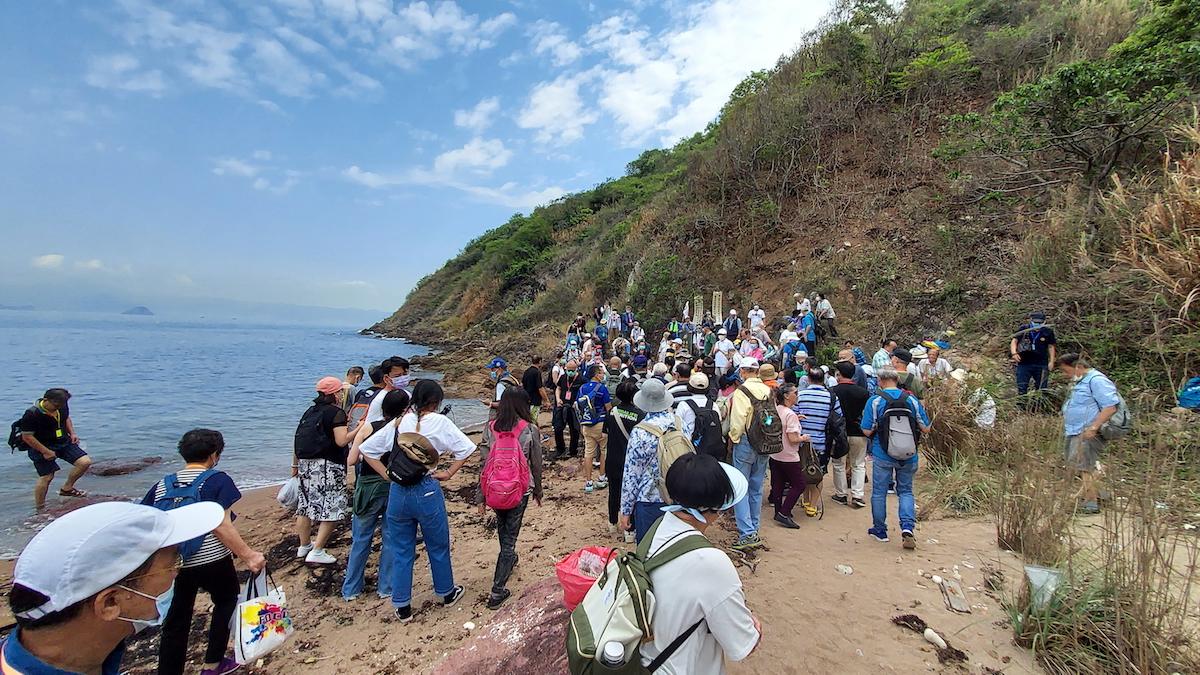
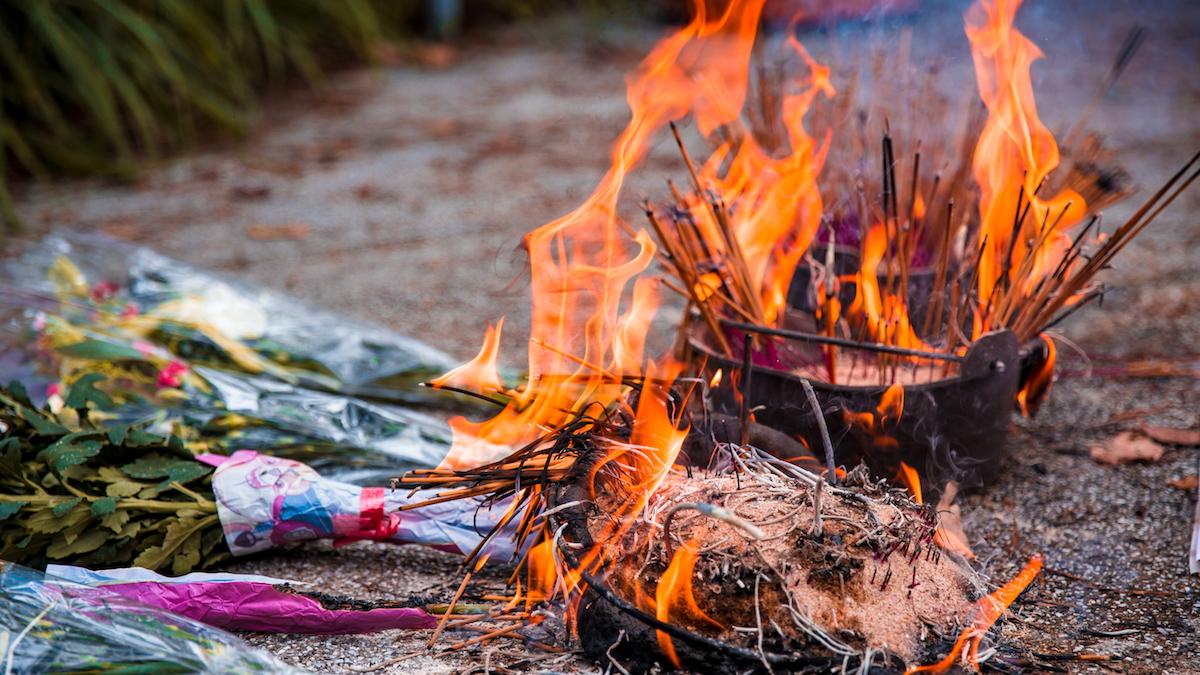
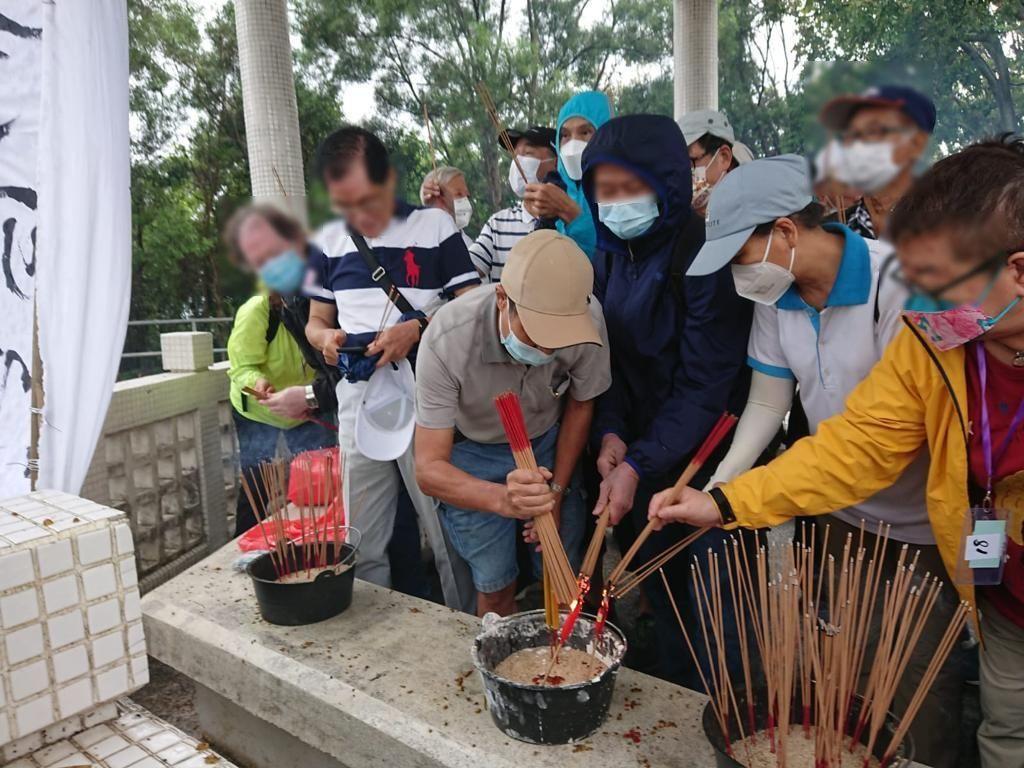
New York’s Take Over
The challenges that Hong Kong memorials for the sent-down youth faced had brought tears to the now free and safe survivors in the U.S.In July 2021, sent-down youths from Guangzhou, Hong Kong, the United States, and Canada had a joint discussion and decided to establish the Monument for the Sent-Down-Youth Who Lost Their Lives in Escaping to Hong Kong.
The objective of the group is to come up with a complete list of all the victims during the sent-down flee and build a monument in New Jersey Lafayette Cemetery, so the dead can finally have a permanent resting place in this free world.
The monument is designed as a double-marble plaque monument on one foundation, which is modeled after the Vietnam War Veterans Memorial Wall. It will mainly be inscribed as a memorial.
At the moment the first marble slab has been cast with inscriptions on the front, while the names of 176 confirmed victims are engraved on the back. The group is still collecting more names for the second marble slab.
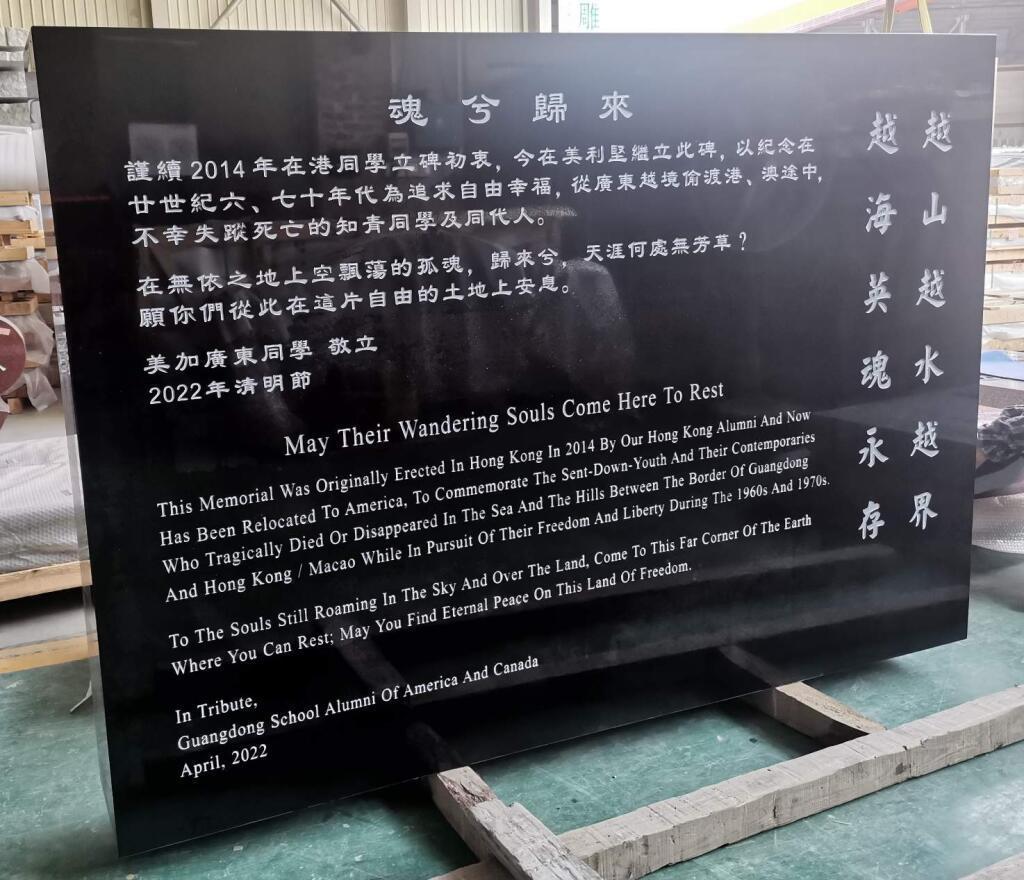
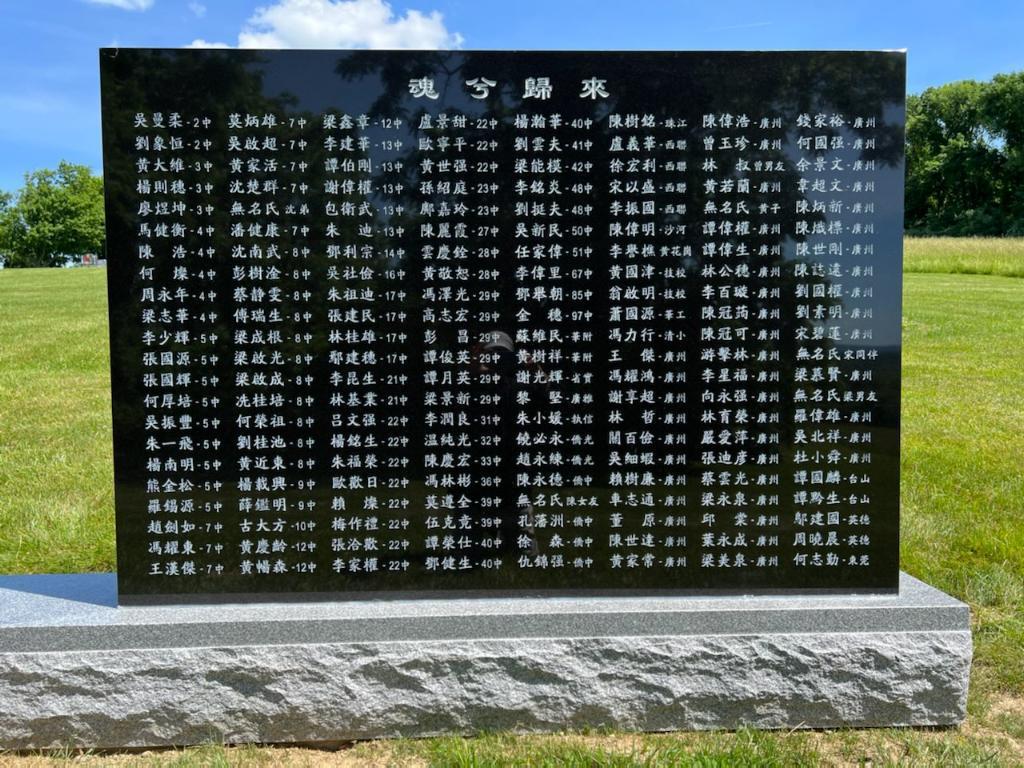
Wong Tung-hon expressed thankfully, “As soon as the news of building a monument in the U.S. traveled to Hong Kong, many people responded. Everyone is helping with the list of the victims proactively, so the victims can settle in their final resting place.”
Wong also said that Hong Kong used to be a free harbour with freedom of speech. That is no longer the same after the implementation of the National Security Law.
Over the years, many old friends of Wong have passed away, he feels the need to document all the first-hand insights of those experiences. Wong also feels that he might soon die of old age. As he gets older, his health condition is also withering so he has been placed in a nursing home.
Due to the pandemic, going out becomes harder, even though his heart is in recording the history, his body is telling otherwise.
Wong Tung-hon is gratified by the new monument for the sent-down youth victims. Even though he cannot visit personally to get a glimpse of the marble monument, he still wants to send his blessings across the ocean, to remind our young generation to remember the history and the hard-earned freedom.
